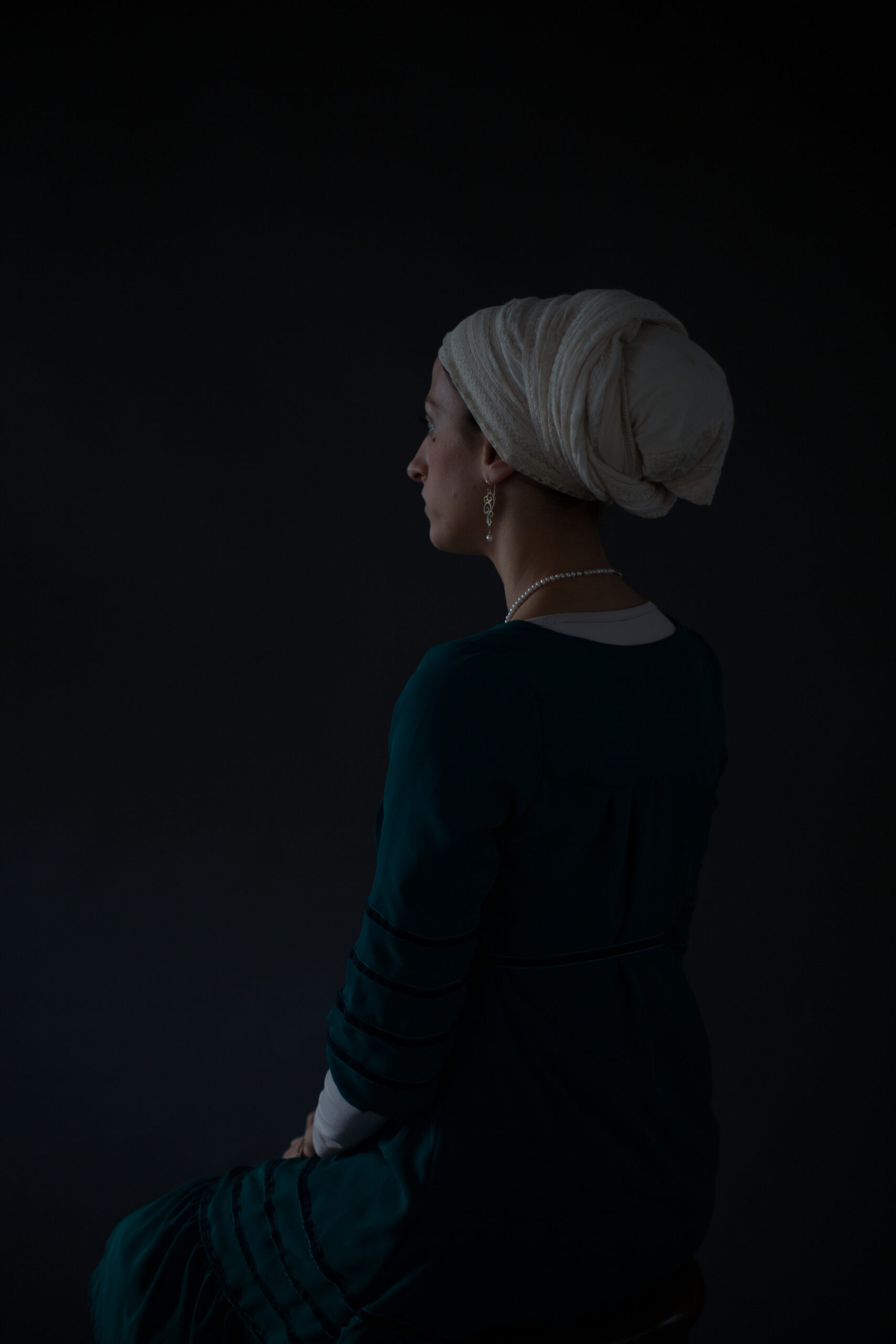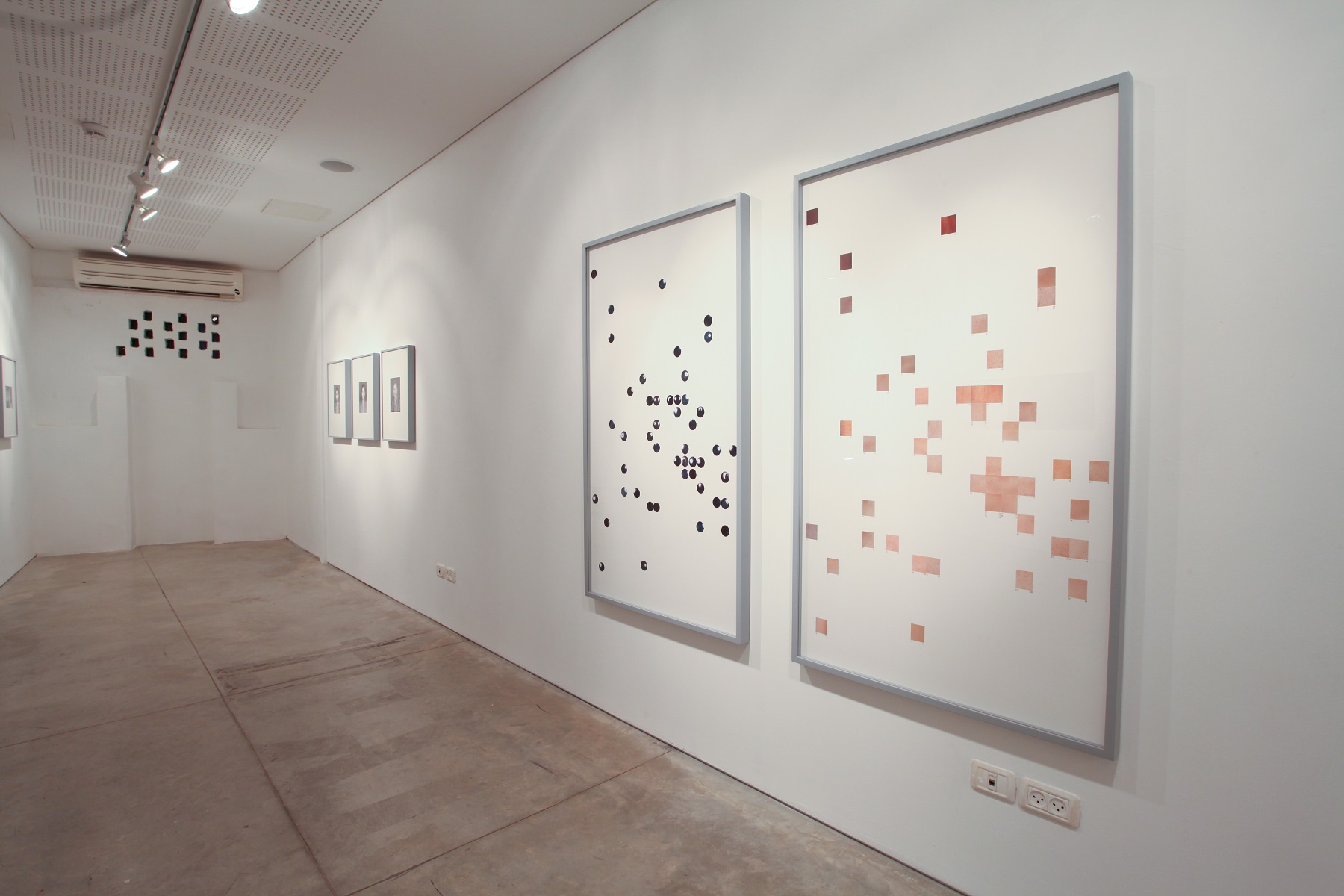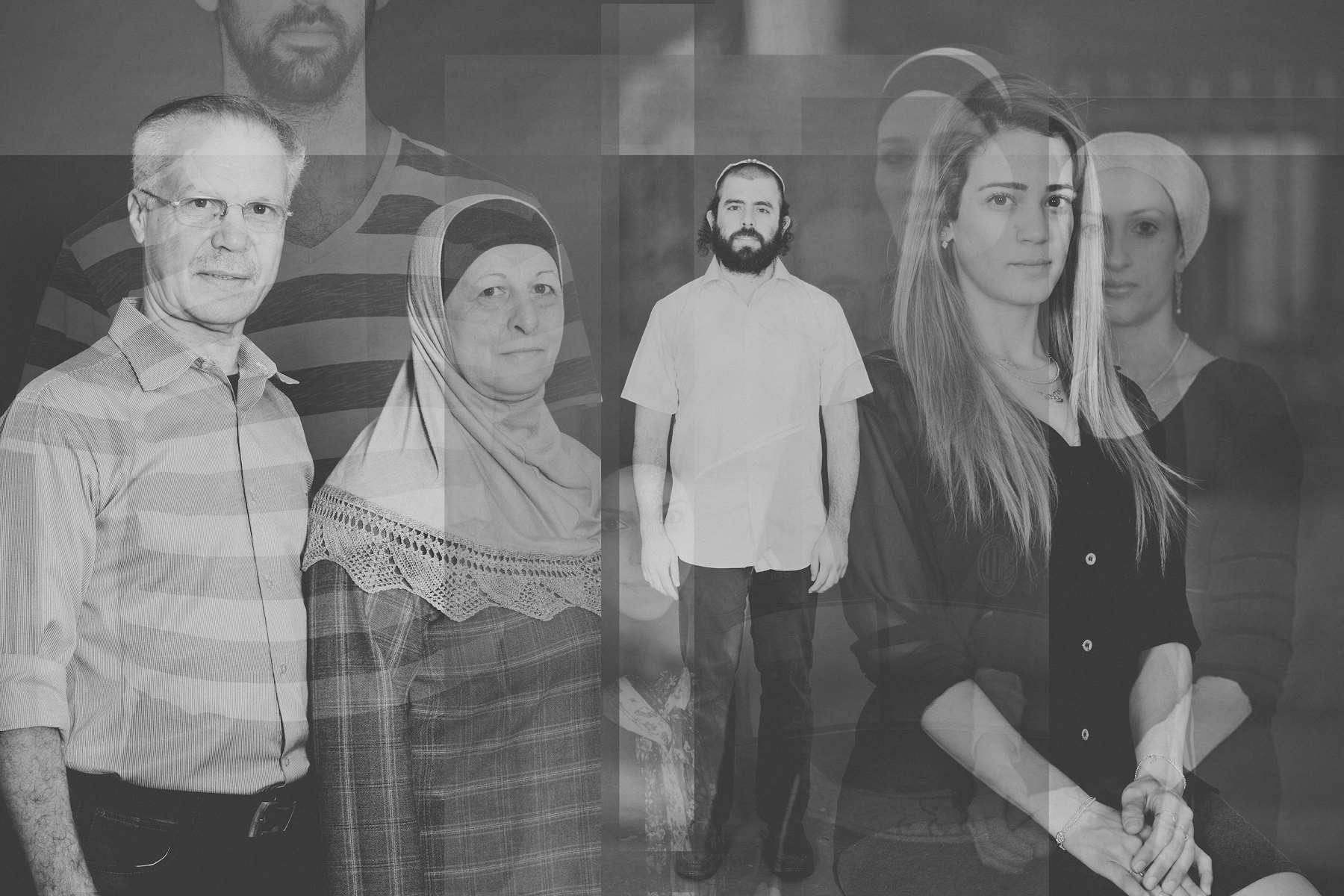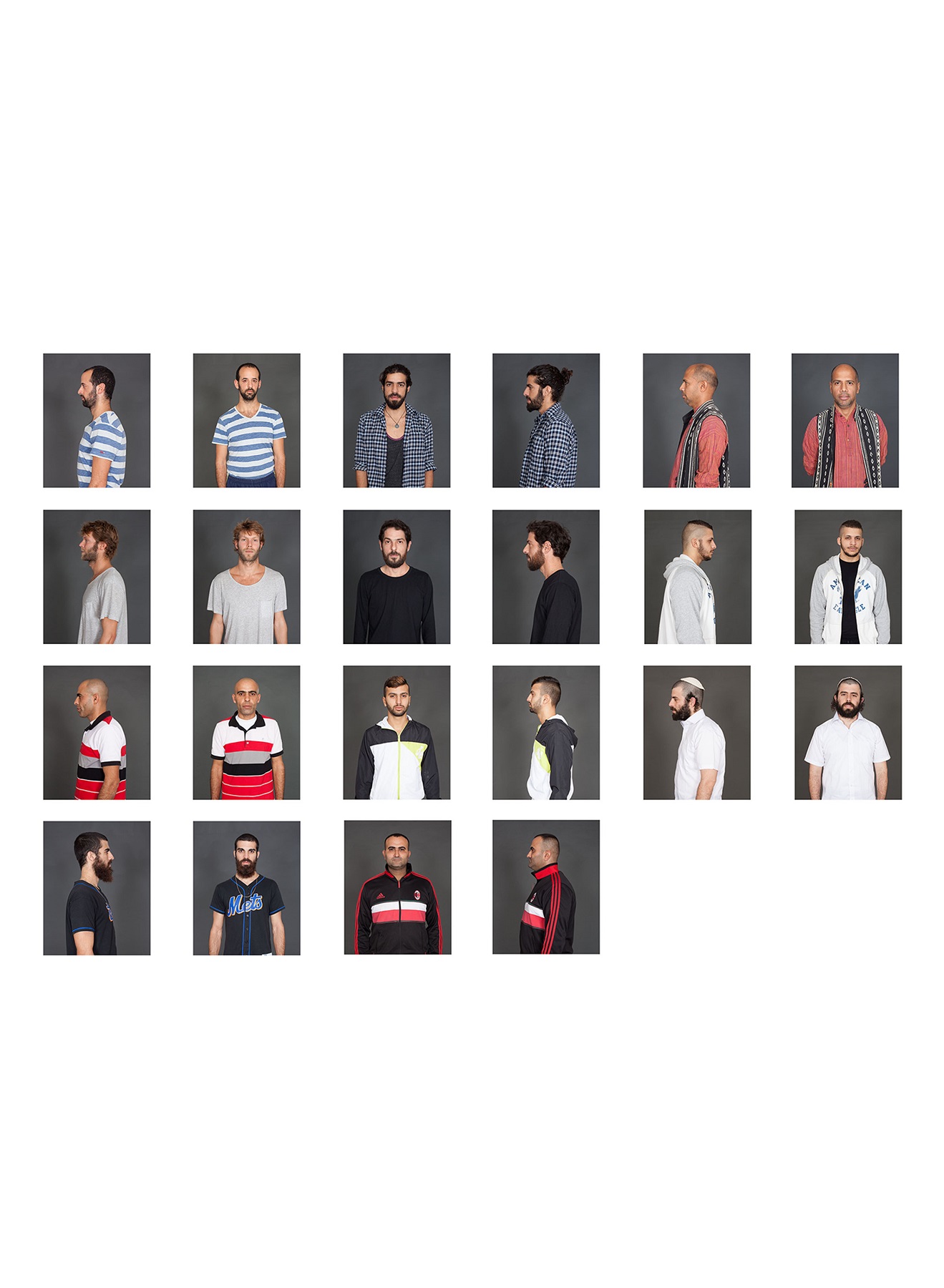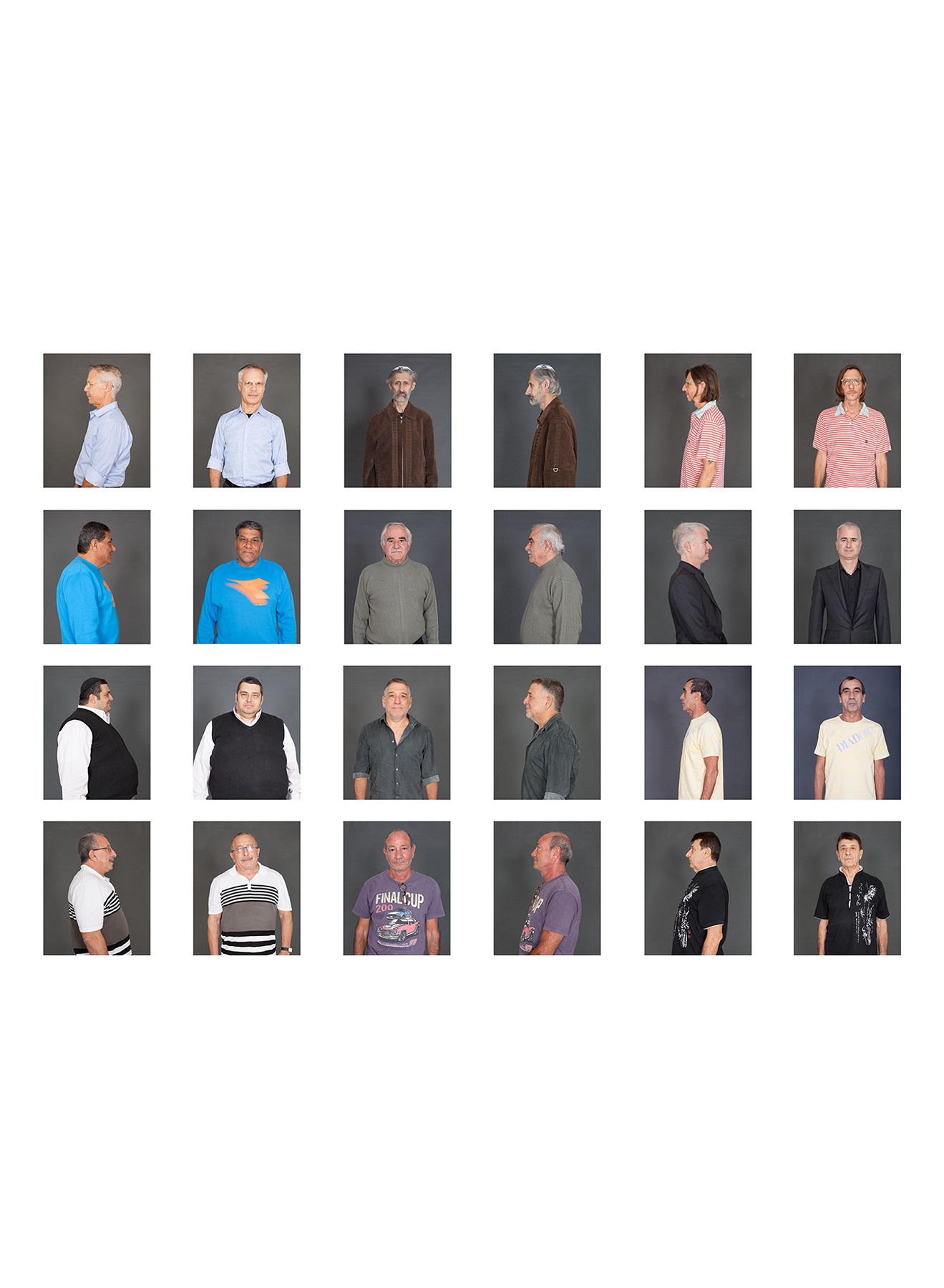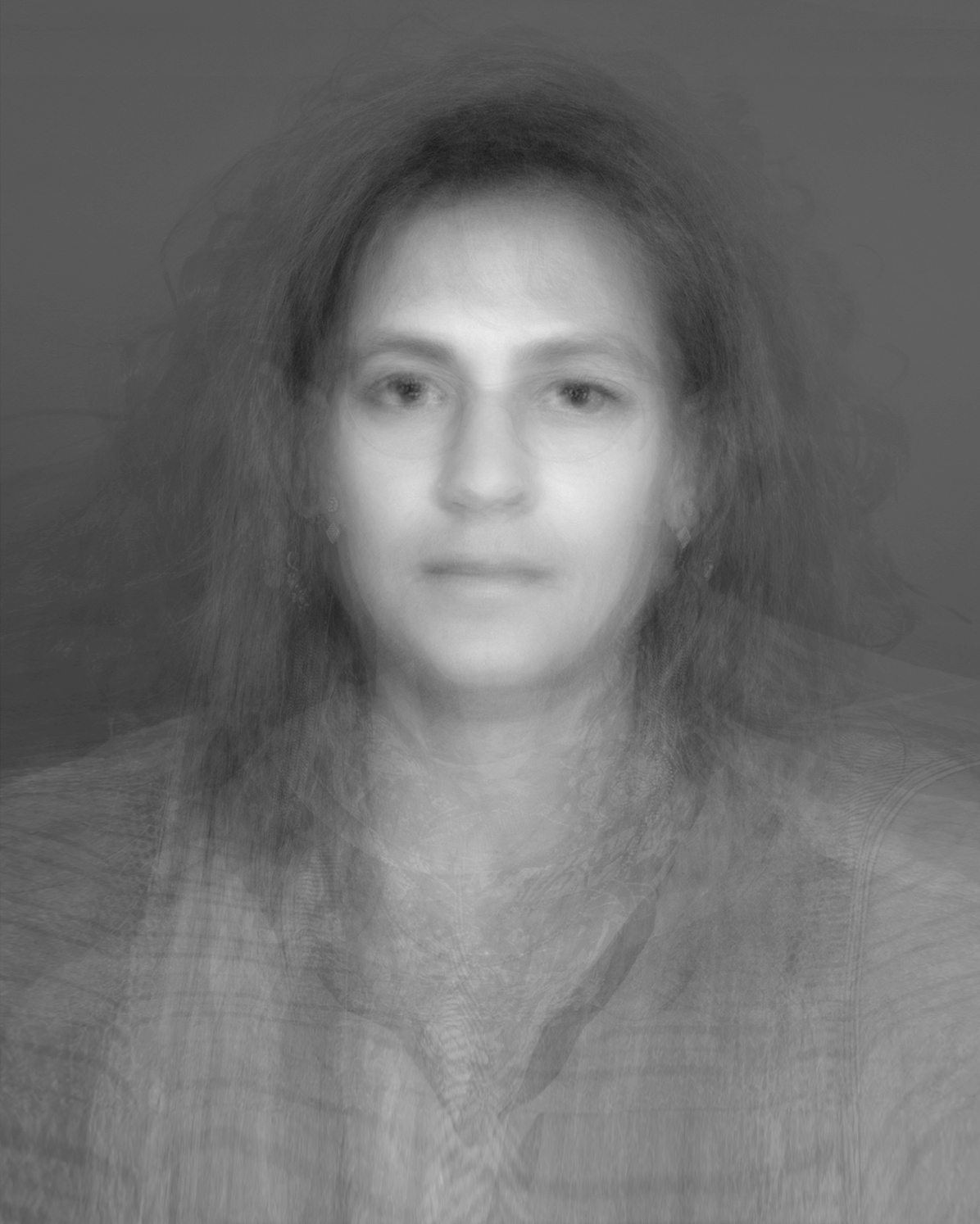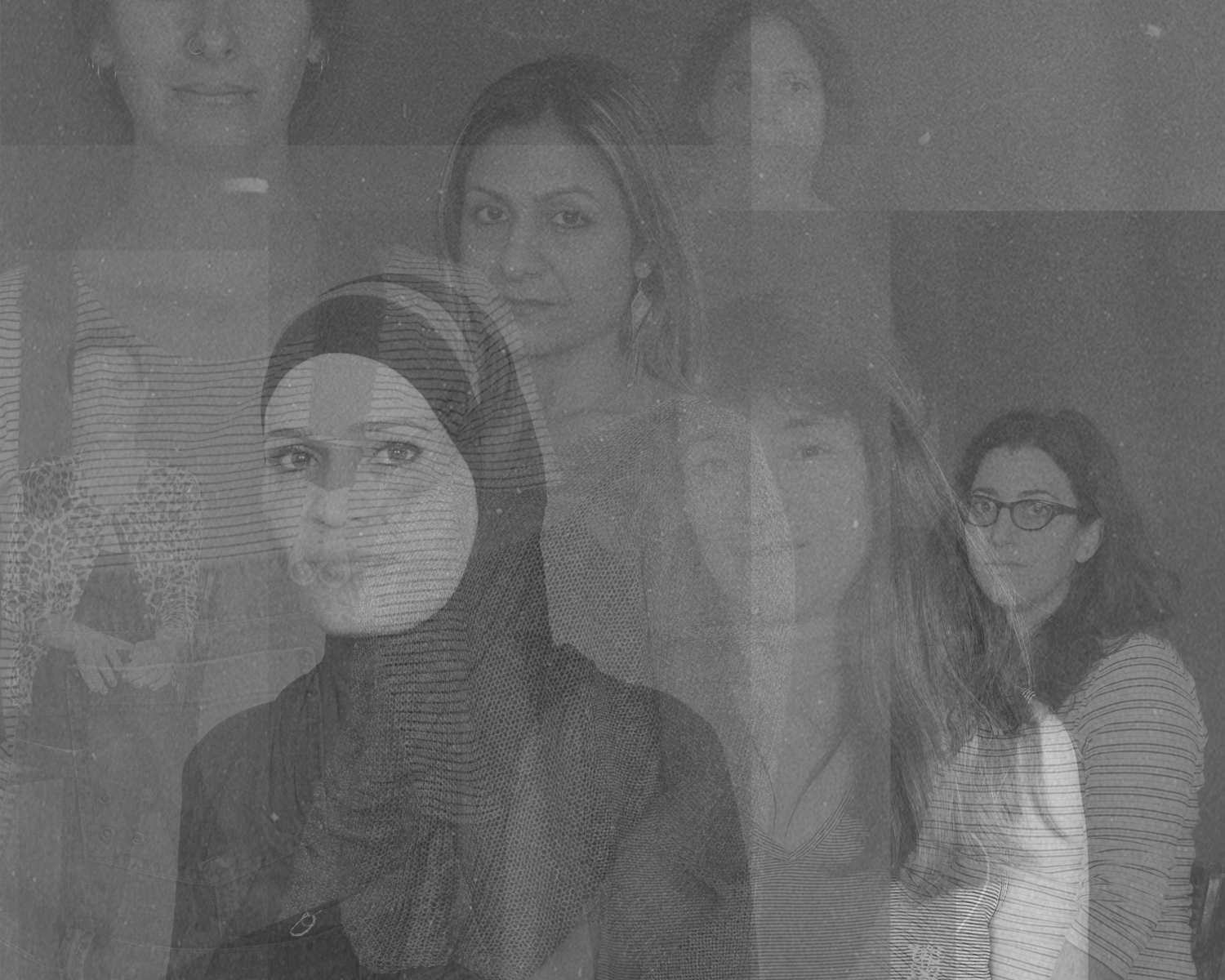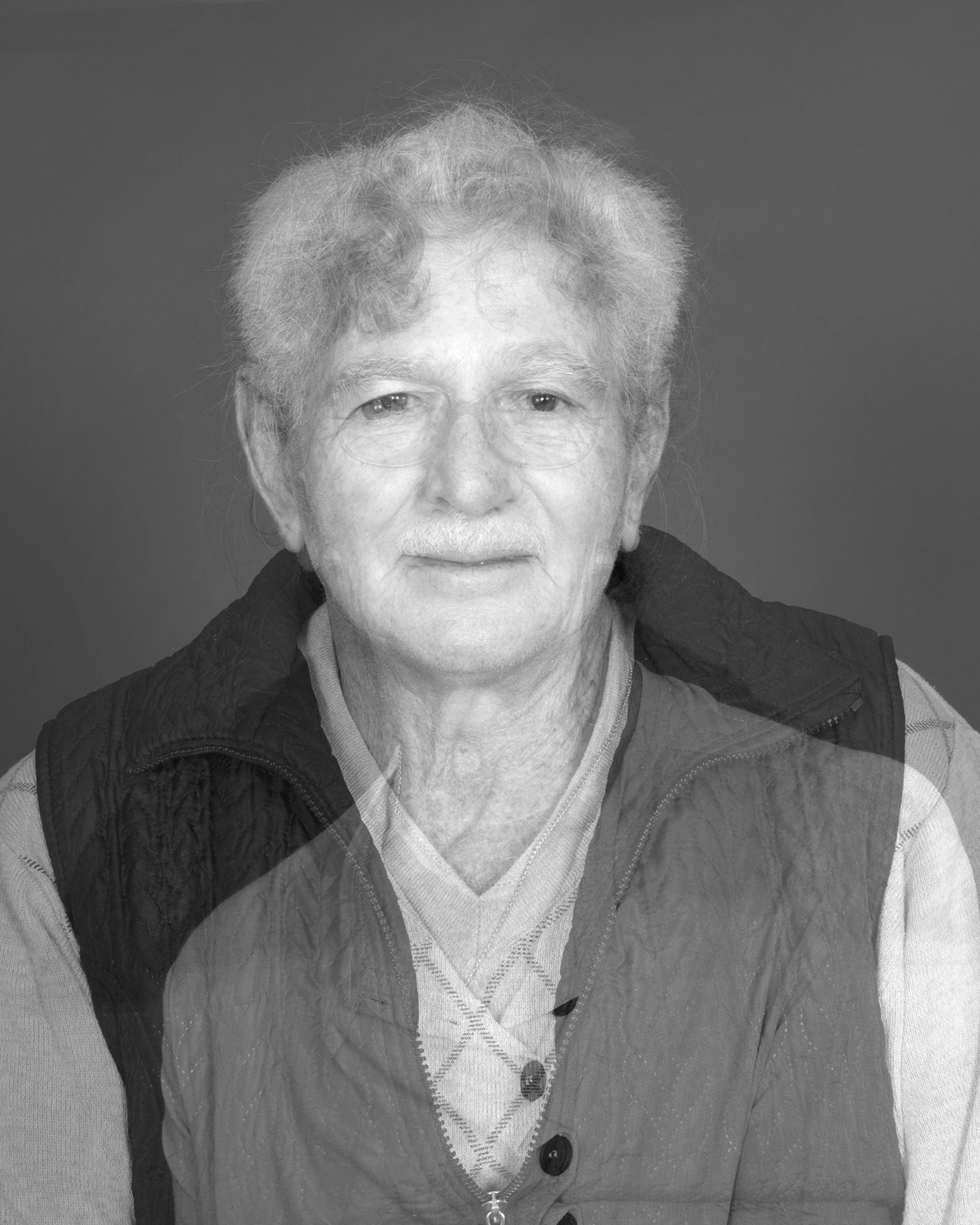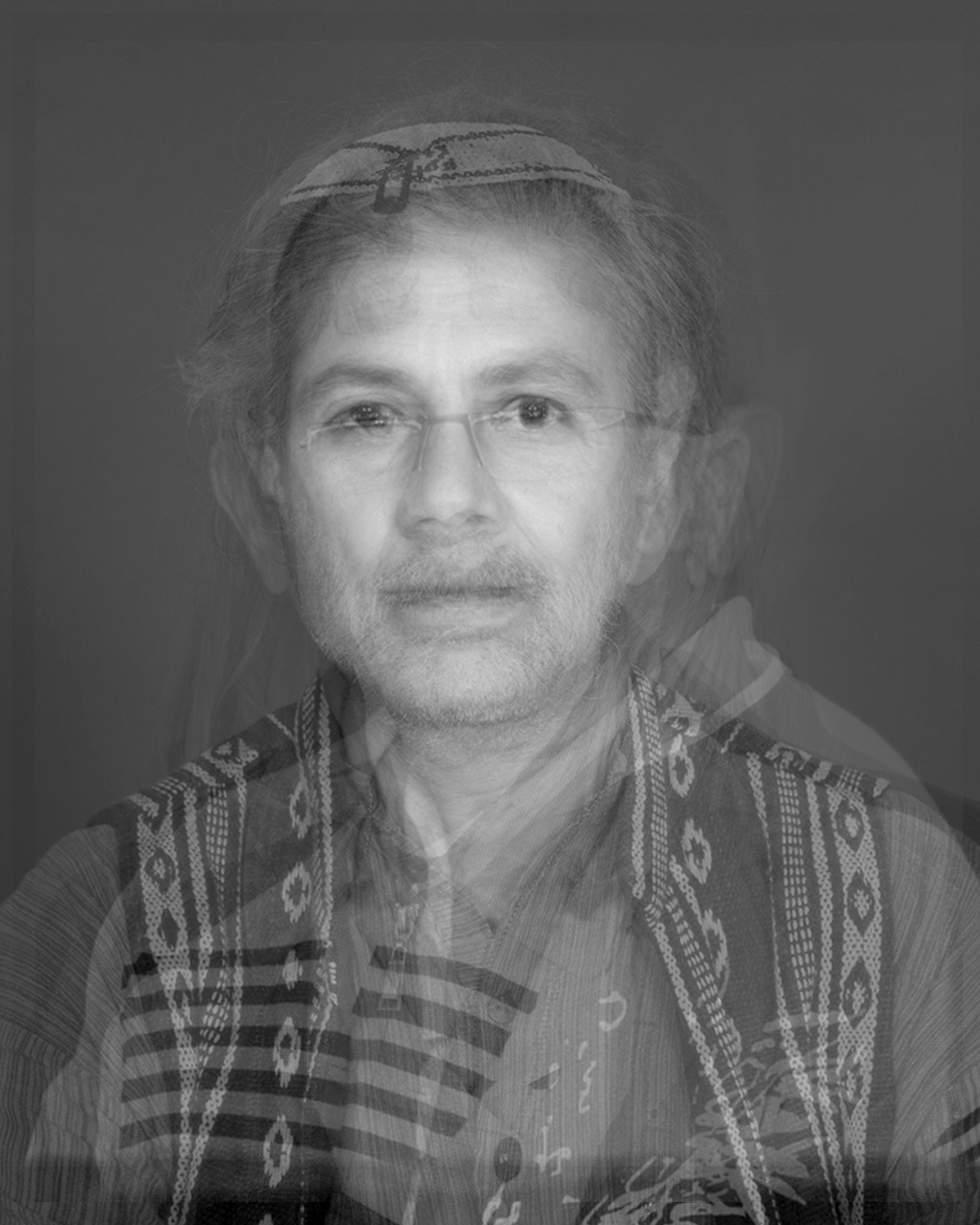Standard deviation
Made in collaboration with Amit Ofek and Noa Urbach, this project includes photographs, a sculpture, and a sound work. We worked with Jaffa’s diverse community, employing policing or archaic classification methods in a subversive affirmation manner to dissect the multitude of voices and histories existing in the neighborhood. This in turn exposed, ridiculed, and questioned the human need to catalog and categorize, as well as the validity of the methods used to do so.

In these inventory panels, the participating subjects were photographed as suspects, using the familiar mugshot format. Underneath the images there are codes consisting of numbers and letters, a private bureaucratic method invented by the artist, to reflect various variants such as gender, age, religion, ethnic origin, profession, and social status. However, these remain ambiguous to the viewer, a mere statistical representation overshadowing the human behind it.

One grid represents the different skin tones of the subjects, which are here framed by identical squares and laid out according to the shade number. The other displays close-ups of subjects’ eyeballs, in which the photographer – the artist – is often reflected. Thus the power-relations of traditional photography are reversed, while the subject becomes the observer, his eye functioning as a camera obscura. The camera is allegedly used here for its ostensibly impersonal, cartesian and objective manner, merely duplicating reality. However, it is itself exposed, revealing its “blind spots” and places of deficiency while focusing the gaze on the photographer/manipulator himself.

These digital collages employ Francis Galton’s composite portraiture classification method which relates to reductive pseudo-scientific theories regarding physical racial traits. Galton wished to create the perfect average portrait by constitutively photographing various portraits on the same negative while stressing the common features and blurring the individual ones. However, in these portraits the individual features stand out, refusing to be constrained to the median common. And while Galton was interested in familial genealogy, here the meta-portrait is based on shared interests and living space, i.e, a community.

These photographs are preparation shots, drafts or mistakes; some are blown-out, ‘disqualified’. Here, the subjects manage to evade the statistics and become individuals due to malfunction of the classification mechanics

The subjects’ old personal belongings were collected and covered with plaster to create a unified appearance. Thus they became mute relics, archaeological models, heaped together as a community. They were accompanied by a sound work, in which segments of interviews done with the subjects, alongside their singing, were heard. The voices became a multitude, a mixture of voices, language and accents, which resists any distinction or classification.
